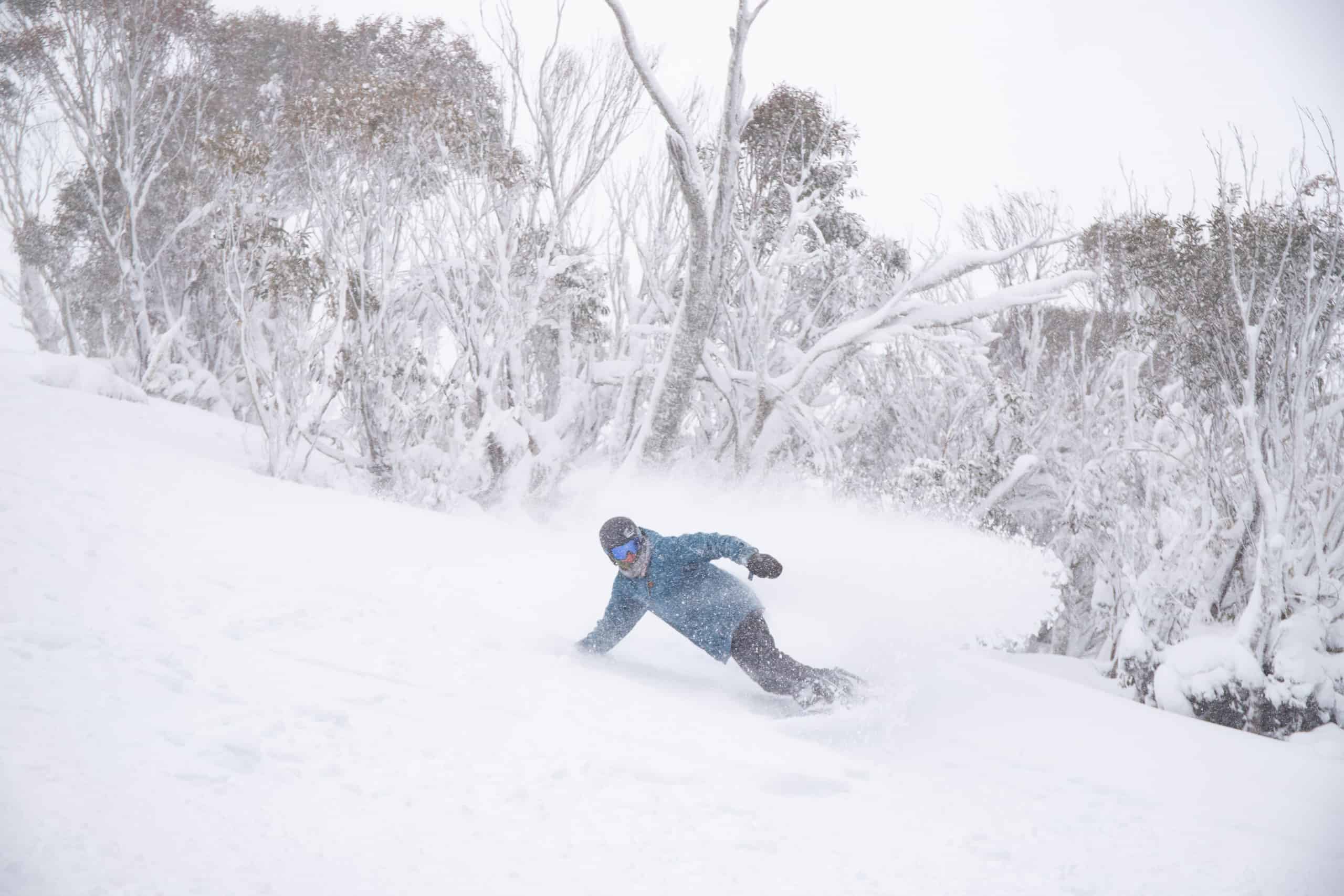The Various Kinds Of Snow in Australia and Their Effect On Winter Sports
Australia, recognized for its sun-soaked beaches, is likewise home to a varied selection of snow conditions that substantially affect winter months sporting activities. Each type, from the wet seaside snow to the completely dry indoor powder, provides distinct obstacles and advantages for professional athletes. An understanding of these variations is crucial for those seeking to navigate the Australian inclines, as each calls for various methods and strength. The complying with exploration will talk about the implications of these snow types on winter sporting activities performance.

Recognizing the Qualities of Different Snow Kinds
While numerous assume that snow is a homogeneous entity, it is important to understand that there are different types, each with special characteristics. In Australia, these variations are specifically pronounced due to climatic variety. Coastal snow, located in locations such as the Snowy Mountains, is typically wetter and denser due to high dampness web content, making it optimal for snowball fights or developing snowmen. On the various other hand, the snow discovered in the indoor regions like the Australian Alps is drier and lighter, commonly contrasted to a cosy powder. These distinctions in snow type aren't simply aesthetic; they considerably effect winter months sports, dictating the convenience of movement, the speed possible, and the level of control needed from athletes.
The Effects of Powder Snow on Skiing and Snowboarding
In spite of its light and fluffy look, powder snow in the Australian Alps presents both unique difficulties and opportunities for winter season sporting activities enthusiasts, particularly those involved in snowboarding and snowboarding. The smooth and forgiving surface area of powder snow likewise minimizes threat of injury throughout falls, making it a favored choice for extreme winter season sports.

The Obstacles and Benefits of Jam-packed Snow in Winter Sports
Moving emphasis from the loosened, completely dry powder snow, an additional common type of snow in the Australian Alps is packed snow, presenting its own collection of obstacles and benefits in the realm of winter season sports. Browsing turns and controlling speed can be difficult on packed snow, needing higher skill levels from professional athletes. In spite of these difficulties, packed snow remains a critical element in numerous winter months sporting activities, shaping the efficiency and techniques of athletes.
The Function of Damp Snow in Australian Winters Months Games
In comparison to the dense, slick surface of jam-packed snow, damp snow plays a completely various function in Australian winter months games. Qualified by its high moisture material, wet snow affects the rate and control of winter sports individuals. Its hefty, sticky nature can be challenging for athletes, especially in skiing and snowboarding where rate and manoeuvrability are important. Nonetheless, its malleability makes it optimal for snow sculpting occasions and for strengthening snow frameworks in sporting activities like snow ft battles. Regardless of its challenges, damp snow presents an one-of-a-kind dynamic to winter season games in Australia, testing athletes' versatility and resilience, and functioning as a reminder of the varied weather conditions they have to be prepared to encounter.

Exactly How Slushy Snow Influences Winter Season Sports Performance
Proceeding the expedition of differing snow conditions in Australia, the effect of slushy snow on wintertime sporting activities is one more fascinating variable. Slushy snow, resulting from warmer temperature levels or straight sunshine, positions distinct difficulties to professional athletes. It lowers speed and calls for boosted physical effort as the devices penetrates the soft, water-saturated snow. In winter sports and snowboarding, slushy conditions can influence the predictability of turns linked here and jumps, find out enhancing the risk of crashes. For snowmobiling, the maker's efficiency may be impeded as it has a hard time to keep traction. Therefore, slushy snow changes the wintertime sporting activities landscape, demanding not only increased physical effort from professional athletes however likewise a better emphasis on safety precautions.
Adapting Winter Sports Techniques to Different Snow Problems

Verdict
In final thought, Australia's diverse snow kinds substantially influence winter sports performance. Each kind, from the slick coastal snow to the drier important link interior powder and the hefty, sticky wet snow, offers one-of-a-kind challenges and benefits.
Changing focus from the loosened, dry powder snow, another common type of snow in the Australian Alps is packed snow, positioning its very own collection of obstacles and advantages in the world of wintertime sports - Does It Snow In Australia.In contrast to the thick, glossy surface area of stuffed snow, damp snow plays a totally various duty in Australian wintertime video games. Its malleability makes it perfect for snow sculpting events and for fortifying snow frameworks in sporting activities like snow ft fights.Proceeding the exploration of varying snow conditions in Australia, the effect of slushy snow on winter season sporting activities is one more fascinating aspect. Each kind, from the glossy seaside snow to the drier indoor powder and the heavy, sticky damp snow, provides distinct difficulties and advantages
Comments on “Organize an Memorable Winter Vacation to Experience Snow In Australia with Loved Ones”